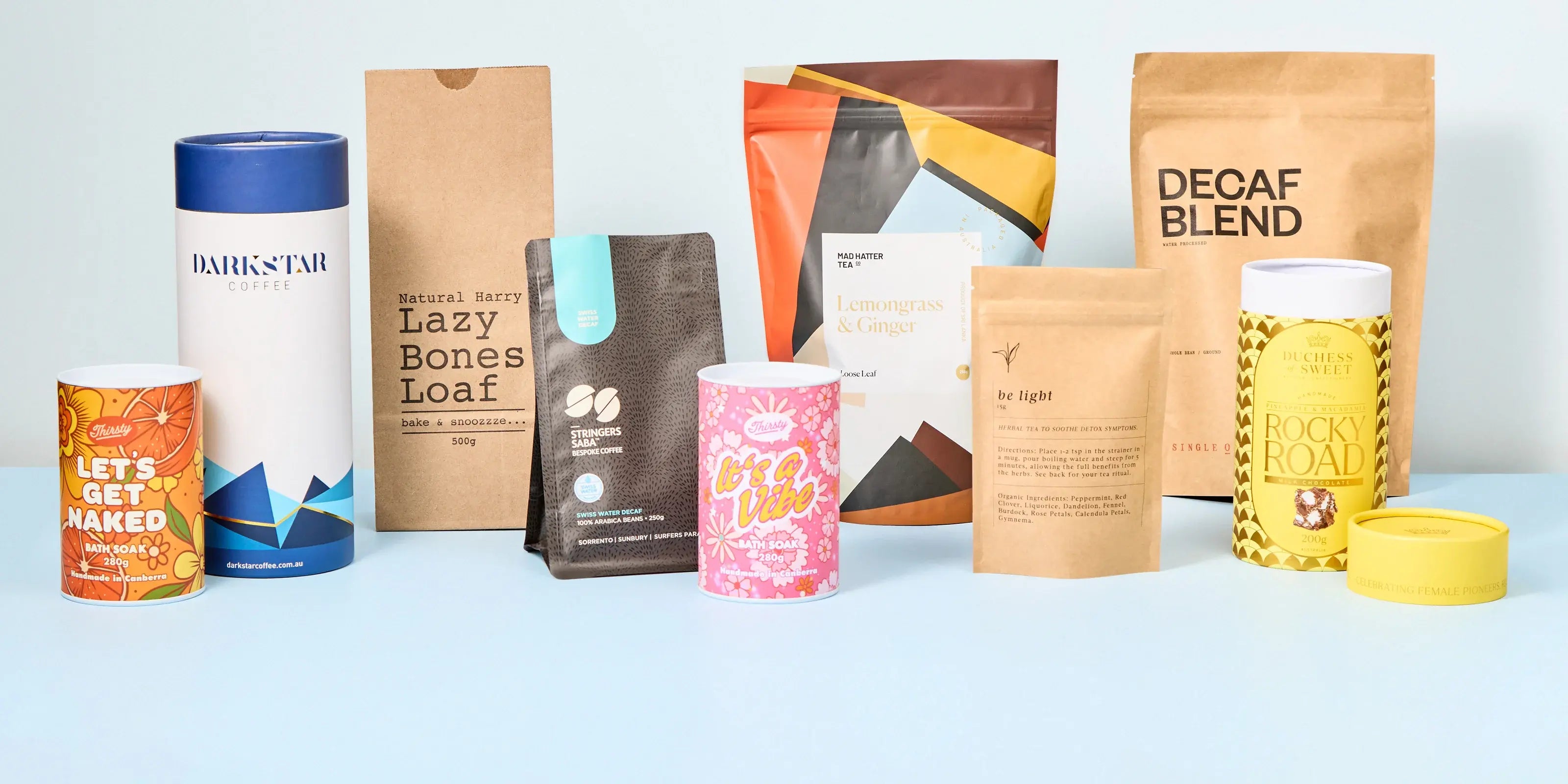When you buy that bag of coffee, it’s always a hit or miss when it comes to quality. Is there anything worse than sipping on some flat coffee because the bag wasn’t sealed properly? That’s uncertain.
The best way to ensure your beans are fresh, full of flavor and smell amazing is by using coffee bags for packaging. In this guide, we’ll go over the benefits and things you need to consider when using coffee bags.
Benefits of Using Coffee Bags for Packaging
● Airtight seal: Oxygen is a terrible thing when it comes to taste and quality in coffee. To prove it, just remember how cardboard-like old coffee tastes — disgusting. A tight seal prevents oxygen from getting inside the bag, so your beans stay as fresh as the day they were roasted.
● Barrier against moisture: You know what else ruins freshness? Moisture and humidity. It acts like kryptonite to beans, making them lose freshness, which leads to mold and bacteria growth.
● Darkness is key: Many bags aren’t made of material that lets light in. There’s a good reason for this, though. When coffee beans are exposed to light, they lose oils and flavors. Manufacturers had this in mind and decided to make light-blocking bags so that you can enjoy your cup of joe just like how you would with freshly opened beans.
● Extra time on the shelf: Alongside everything else it does, bags also cut off air, moisture, and light from penetrating in. For beans, these three things are spoilers. So by removing them it extends the coffee’s life span. Thus, allowing producers and sellers to maintain its freshness for much longer.
When Choosing Coffee Bags: What to Keep in Mind
● The Material: Here you got options. A lot of them. You can use foil, kraft paper, or plastic to make coffee bags. Just like with most things in life, each choice comes with pros and cons. Foil bags will keep your coffee fresh — but at what cost? They’re not environmentally friendly at all, so you might want to look for a different option if that’s important to you. Kraft paper bags, on the other hand, are great for the environment but do lack when it comes to keeping drinks fresh. And lastly, there are plastic bags — they might be cheap, but they come with a big impact on the environment.
● Size and Capacity: First up, how many beans can we fit? Also, we don’t want them to be too squished in there.
● Valve Functionality: There’s this fancy thing that comes with some coffee bags. It’s called a built-in degassing valve. For some reason, it lets carbon dioxide run away while keeping oxygen out. Do whatever you want with it.
● Branding and Design: The fun part! If you want to make those little bags unique, then brand them up with different designs like logos, colors or even artwork. Do whatever it takes to get people interested in your product.
How to Package Coffee Beans with Coffee Bags
Step 1: Get Your Things Together
The first step is easy. Gather all the stuff you need, including those coffee bags. Buying coffee bags in bulk can save a bit of money, so try looking for places like QQ Studio.
Step 2: Pack the Bags
Now that you have everything you need, open up those bags and start filling them with roasted beans. Don't fill it to the brim, though; leave a little space so you can close it properly.
Step 3: Close Them Up
By now, all your bags should be filled with beans. Take this time to close and seal them. You do this by folding the top part of the bag over to make a seal.
Just make sure there isn’t any air inside when you do this. If you went for something nicer, like a zip or heat-sealing bag, just read what’s on the label.
Step 4: Got Stickers?
Get ready to have some fun branding! Look into getting labels or stickers on each bag because it’ll tie everything together and look neat. This can include information about what kind of roast it is as well as certifications like organic or fair trade.
Step 5: Properly Store the Coffee Bags
Store your coffee bags in a dark and cool place once you seal them. Make sure there’s no moisture or sunlight coming from anywhere. On the bag, add the date of when it was made so you know how old it is.
Conclusion
There are a lot of good things that come with using coffee bags to package your products. Things like preserving the freshness, aroma, and flavor of your beans. The way these bags are sealed helps keep out moisture while also protecting them from sunlight; that can extend their lifespan and let you enjoy every cup, every time.









